Staying Busy: Bird Watching in Cary
Cary, NC — Many of us are spending more time homebound as Coronavirus-related social distancing plays out, and many households are looking for new hobbies and entertainment.
Mother Nature might provide an answer in the form of the interesting and colorful wild birds that can be as close as your own front or back yard. They are fascinating to watch and provide a wonderful challenge in learning their names and songs.
Why Watch Birds?
At this time of year, birds are engaging in very fascinating behavior. They’re not just eating birdseed! As spring advances birds announce and defend nesting territory and resources, build nests, and feed young. Birds carry out these activities in different ways that can delight and surprise. From watching Robins patiently stalk earthworms and other invertebrates to Wrens scurrying about on a deck looking for insects and spiders, birds can provide hours of entertainment. Many youngsters develop a thirst for science careers from as modest a start as simply watching birds live their day-to-day lives.
Birds That You Can Find
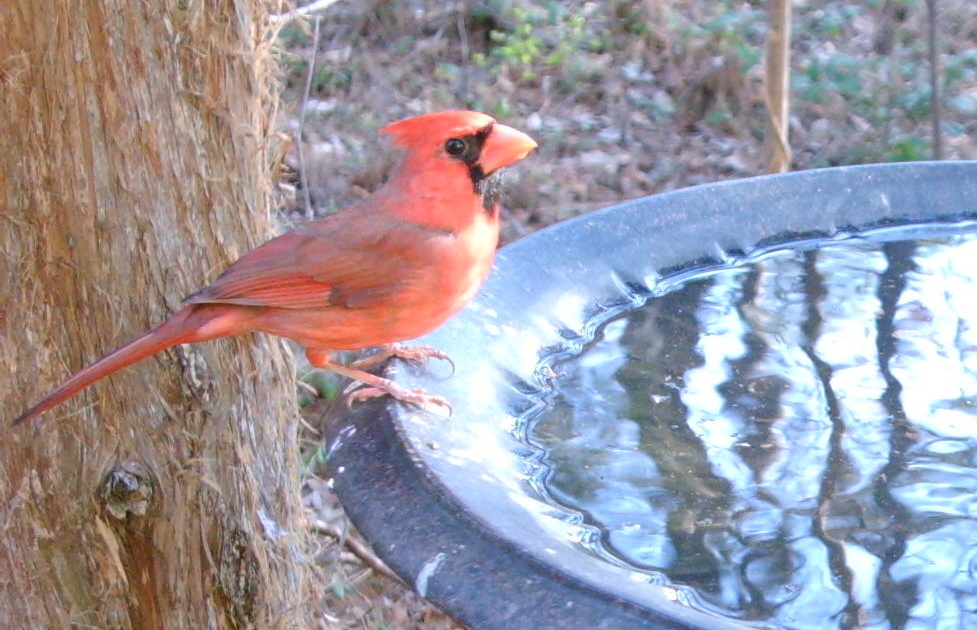
Dozens of different bird species can be easily seen and heard throughout Cary at any time of the year. In the past seven days prior to writing this, I identified 54 species at or within a few miles of home and all in easily accessible locations. Quite a few of these can be found in the average back yard.
Have an open section of lawn? Look for American Robins, Brown Thrashers and Northern Cardinals. Some species, like the Eastern Towhee, are also attracted to shrubs and low-to-ground cover.
Birds that might perch in trees or posts, especially if you have bird feeders, can include Eastern Bluebirds, Yellow-Rumped Warblers, Carolina Wrens, Red-Bellied Woodpeckers, Pine Warblers, Northern Mockingbirds, American Goldfinches, Downy Woodpeckers, Mourning Doves, House Finches, Tufted Titmice, Carolina Chickadees, and White-Breasted Nuthatches.
Don’t forget to look up! I regularly spot Red-tailed Hawks, Turkey Vultures, and American Crows, among others, flying or gliding overhead. You might also be fortunate to hear a Barred Owl calling from a nearby perch in the daytime — a bird that is actually more active at night.
As we move farther into spring there will be some cast changes due to migration. White-Throated Sparrows, Slate Colored Juncos, Yellow-Bellied Sapsuckers, and Yellow-Rumped Warblers who visited this winter will move out. Gray Catbirds, Orchard Orioles, Chimney Swifts and Ruby-Throated Hummingbirds move in for the summer.
As you look for birds keep two things in mind: first, not every bird will appear in your yard. Many species are not found here at all, and much depends on the type of plants or features in your yard. You might have fruiting trees that draw birds your neighbors won’t find, or you might lack the small pond that draws the heron your friends rave about. Second, be patient. Birds are on their own schedule. There are times you may see many birds, and times you will see few or none.
How to Identify the Birds
Not every household has a Peterson Field Guide to the Birds, or an equivalent book, at home. Not to worry!
You can download apps to a smartphone like Merlin or go online for bird identifier tools like that of Bird Watchers Digest. These tools can help you winnow down likely candidates of birds you see. Remember to take good notes or take photos!
Things You Can Do to Attract Birds
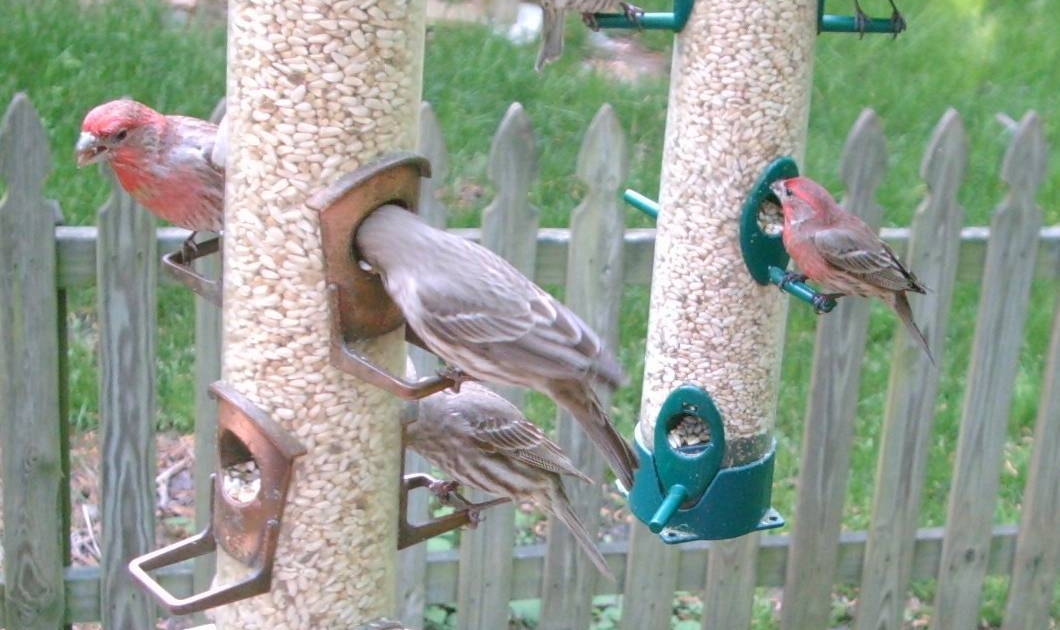
The single easiest way to draw birds into view is to put up bird feeders. I highly recommend either a black oil sunflower seed feeder or a suet feeder. Both types of feeders are inexpensive and easy to find locally. And both types of food, also easy to find, attract a wide range of birds. Consider adding a birdbath because water is the most important need birds have. And keep your feeders and birdbaths clean!
Story and photos by David Lindquist. Featured image by Ashley Kairis.

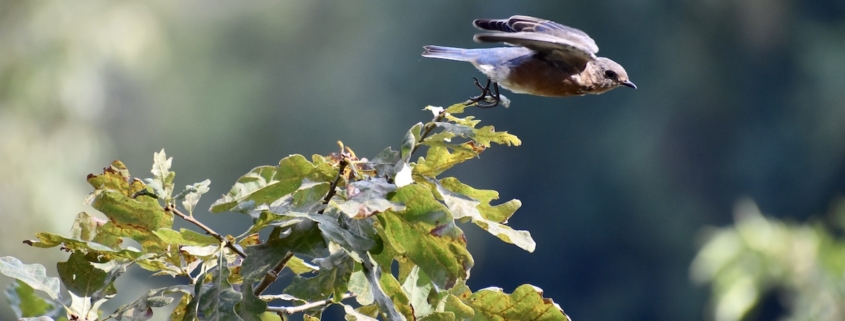
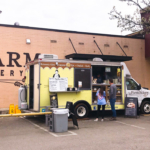
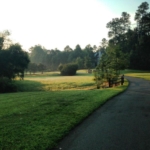
Nice article Mr. Lindquist!
Great photos ! I am going to start taking notes on the birds I see in our backyard!
Thank you David – Beautiful story to apply to today’s need and springtime! I was delighted to find a nest being built on our front porch wreath. It is forsythia with green ribbon in a clover shape on grapevine. I have not discovered which bird is building the nests it grows larger day by day. It is inspiring fun to watch it develop for new babies.